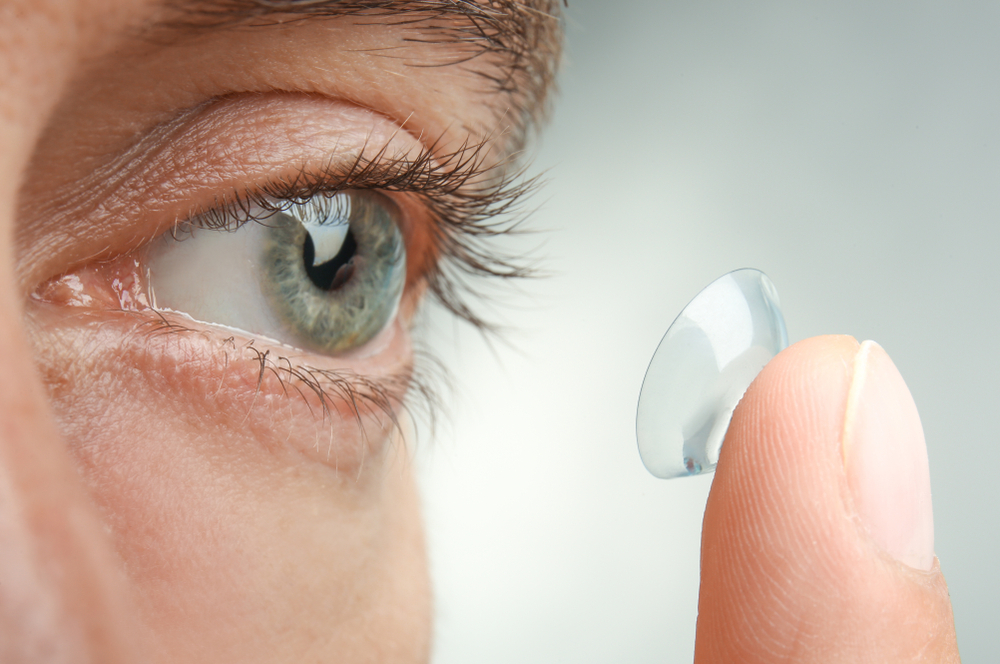Safety Tips Every Contact Lens Wearer Should Know

Replace your contact lens case regularly.
A large number of people who wear contact lenses report that they do not replace their lens case regularly. Even when properly cleaned (by rubbing and rinsing the case with an antiseptic solution), contact lens cases can become contaminated over time with germs that can cause infection when they come into contact with your eyes.
Do not sleep or fall asleep in contact lenses
Sleeping with contact lenses increases the risk of eye infections 6 to 8 times. Out of every 10,000 people who sleep in contact lenses at night, between 18 and 20 become infected with bacterial keratitis every year. This disease causes keratitis (the transparent dome that covers the colored part of the eye) which, in the worst cases, can lead to permanent vision loss or blindness.
Do not swim or bathe with contact lenses.
Germs in the water can stick to contact lenses and infect your eyes. Wearing contact lenses can increase the risk of developing choxameba keratitis, which is a serious type of eye infection caused by free amoebas usually found in water. Treating this infection can be very difficult and painful, and in the worst cases it can cause blindness.
Wash your hands with soap and water before touching contact lenses.
Germs can be transferred from your hands to contact lenses and lens case. There are some germs that cause eye infections in water, so it is especially important to dry your hands before touching your contact lenses. Wash your hands with soap and water and dry them every time you put on and take out the lenses.
Visit your eye doctor every year.
Don’t lose sight of healthy contact lenses and taking care of them. Wearing contact lenses increases the risk of eye infections and eye complications. Therefore, it is important to have an annual eye exam if you wear contact lenses. Ophthalmologists may sometimes recommend more frequent eye examinations.
The week of 21-25 August 2017 marks the fourth annual Contact Lens Health Week. This year’s theme, “Healthy Habits Means Healthy Eyes”, will promote healthy contact lens care and lens-wearing practices.
How To Apply Contact Lenses